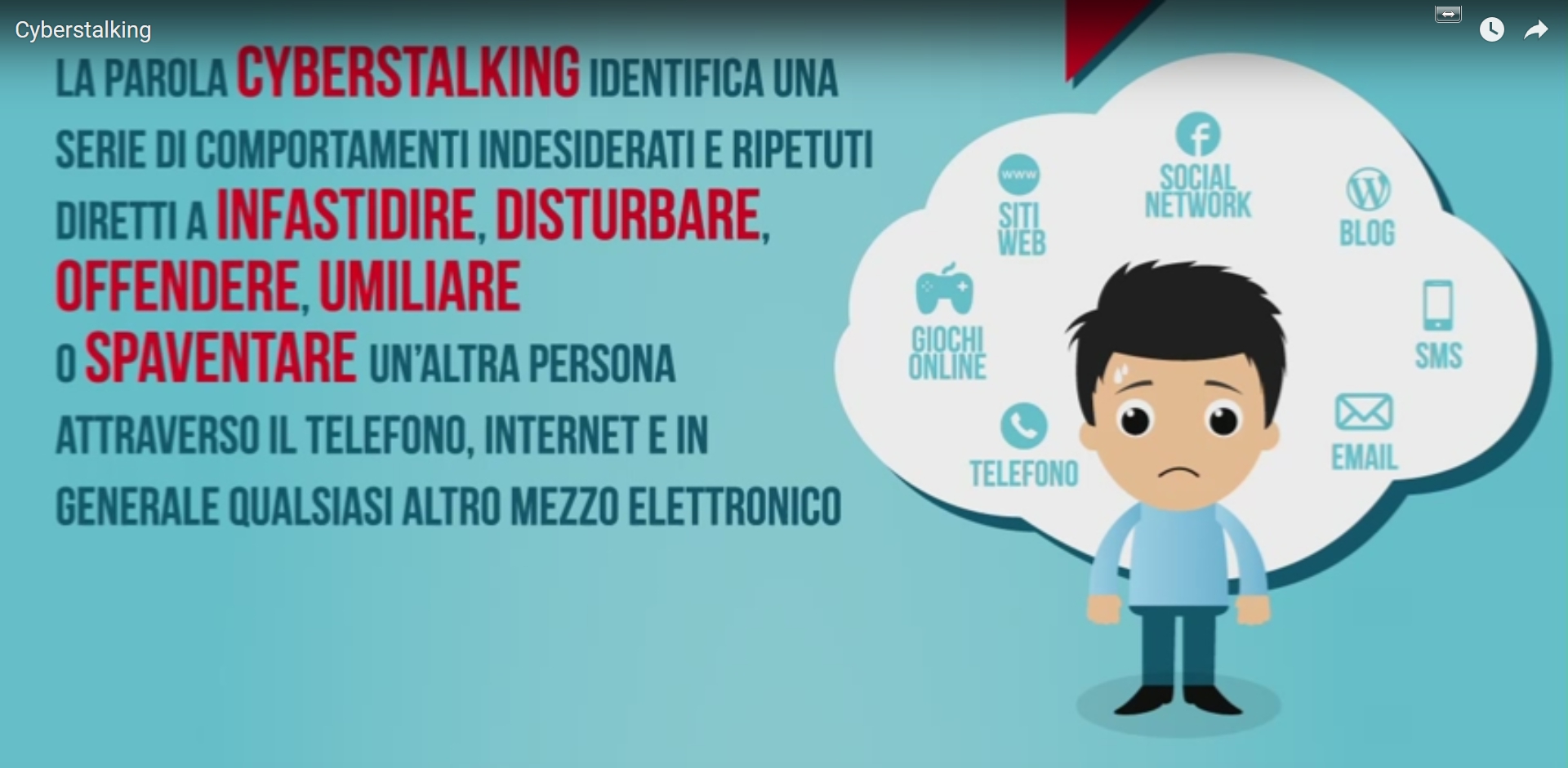

Stalking, cyberspace and young people
The specific objective of the project is to study the prevalence of cyber harassment among young people. In particular, the research aims to collect data on the phenomenon in Secondary Schools and High Schools in the Modena Area. Using questionnaires, the research will investigate characteristics of authors and their victims, the nature and contexts of the conducts, perceptions and prevention. The work will directly involve the teachers and the young people's families too, in order to establish their awareness of cyberspace risks and possible interventions. The researchers, intends to ultimately provide prevention and education instruments in order to improve the system of responses to cyber stalking among young people. The technical support of E.T. staff will allow the researchers to also define technical information useful for the different subjects involved. The Results will be collected in a manual/leaflet that will be distributed to the Modena Area Schools (students, teachers, families), in order to inform about the phenomenon and to provide practical information and prevention instruments for managing this behavior.

Scientific coordinator of the project: Prof.ssa Laura De Fazio
Associate Professor of Criminology
Università degli studi di Modena e Reggio Emilia, Dipartimento ad attività integrata Laboratori, Anatomia Patologica e Medicina legale, Email address: defazio.laura@unimore.it
Other organizations involved:
- Dipartimento ad attività integrata Laboratori, Anatomia Patologica e Medicina legale.
- Dipartimento di Ingegneria dell'Informazione.
- Ministero dell’Interno, Polizia delle Comunicazioni.
International organizations involved:
- School of Communication, San Diego State University (USA).
- School of Life Sciences, Heriot Watt University, Edinburgh (UK).
- Facultat de Dret. Universitat de Lleida (Spain).
Proposal length, months: 2 years
Topic of the research: cyberstalking
These type of conducts are defined by literature as cyberstalking (for young people we could speak also of cyberbullying), considered as the use of the internet, email, or other electronic communications devices to stalk another person.
So, electronic stalking includes stalking through mobile phone, e-mail, mms, sms, instant messaging (e.g. sending excessively ‘needy’ or demanding messages, exaggerated messages of affection, pornographic/obscene messages, sexually harassing messages, threatening messages), in a chat room, on a website or social networks (e.g. facebook, twitter, myspace, netlog etc.), posting images, video or negative information on other people (e.g. exposing private information to others, sabotaging private reputations), obtaining private information without permission, posting false information (rumors), ordering goods/services in other persons’ name, GPS and covert video monitoring, Trojan horse viruses, and all the opportunities that new technology can offer. In particular, the use of multimedia contents is growing in recent years, calling for new technologies to analyze and manage pictures and videos rather than text-only messages.
Research objective
The objective of this research is to detect and investigate the phenomenon of cyberstalking among young populations. In particular, the research aims to study the prevalence of these behaviors in secondary and high schools in the Modena area, examining the conducts as well as the characteristics and the degree of perception of those involved. For this aim it is planned to develop a questionnaire involving three categories of subjects (students, parents and teachers), through which detect the phenomenon from a quantitative point of view and finding effective tools for the management of analyzed behaviors and the protection of victims.
The researchers, intends to ultimately provide prevention and education paths in order to improve the system of responses to cyber stalking among young people.
Final result
The Results coming from the statistical analysis of the data obtained through the questionnaires will be collected in a leaflet that will be distributed to the Schools of the Modena Area (for students, teachers, families), to inform about the phenomenon and to provide practical information and prevention instruments for managing this behavior.
Future developments
The survey aims to provide information on the prevalence of the phenomenon of harassment in cyberspace among juveniles of the Modena Area. In this way the researchers intend to improve awareness about these type of conducts, evidencing victim prevalence, consequences and dangers. The target of the results will be not only the young people but also teachers and parents who should be more conscious about the problem considering their responsibilities. At the same time, the results will allow the creation of concrete practical information and effective tools to identify these dangerous behaviours and to protect victims from the effects connected to the development of the harassment. These objectives could be reached and developed also through seminars on the topic held by the researchers in the Schools involved and through the production of a sort of informative leaflet created to describe in a direct and simple way the nature of the phenomenon and how to react to it.
Project Info
